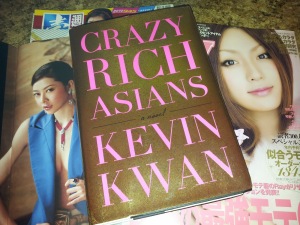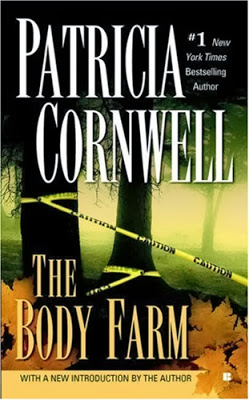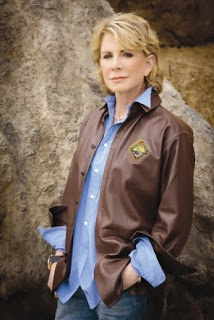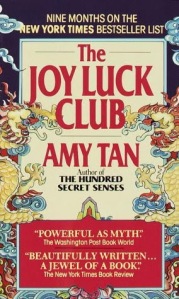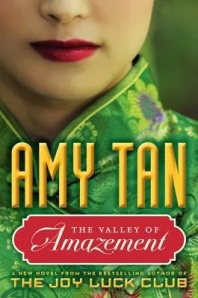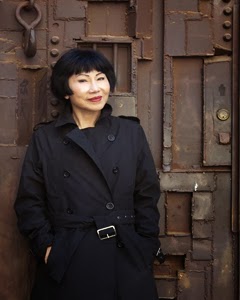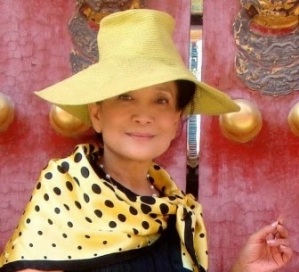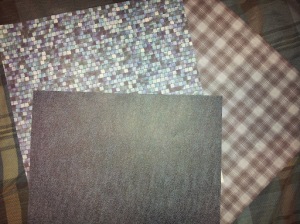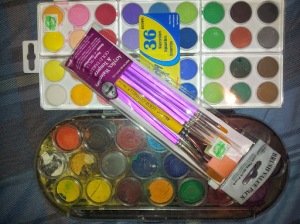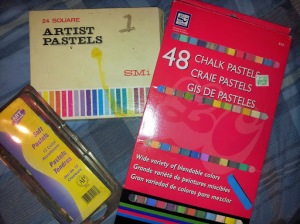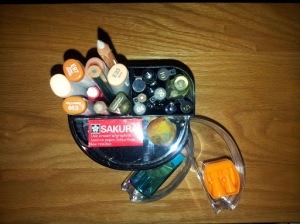That was all I had; I left out of that lab smiling. While I didn't pass the course, a few months later I was redirected toward another school where I got all of the help I needed in math. I left their prerequisite math course with a solid B. Needless to say, I learned to use that affirmation often. Whether a problem arises or I need to calm my thoughts down from over-obsessing about the future, I hang on to the truth that all is well.
After that experience I decided to seriously focus closer on the changes I wanted to make in my life through healthier thinking. And while there were plenty, one of the old patterns of thinking gave me a little more resistance than others. I found it difficult to squelch the idea that what was necessary and good in my life felt limited by my unconscious need to create time limits or expirations on them. From money, to friendships, to my ability to accept grace and new found creative freedom, everything had a frustrating time limitation on it. From the ability to be receptive to allowing certain dreams that I’d dreamed up to be, or to at least staple them down to becoming possible through some general actions toward their direction, had a time limit. It was as if things had to change at a certain time in my life because I was always trying to escape the possibility of being tied down to a worthless existence. I couldn't trust the process and there seemed to never be enough to work with.
Reversing that form of limited thinking required me to put forth the ever true concept that whatever I needed from God/Universe is forever in a state of endless abundance and assistance. There is no limit to what God/Universe can do and provide. Therefore, there is no need to limit my thinking about money because money would always be available to get me where I desired. There was no need to think about my lack of friendships because friendships were always available and ready for creation (though most of that issue resided in my reclusive ways toward others). There was no need to believe that my creativity had a limit, because God/Universe would always provide avenues to explore my creativity and share it further. Inspired by change, I realized that all things are possible if I let go and put trust where it belongs.
Relating the Tao’s translation by Derek Lin to Wayne Dyer’s made me realization that the purpose of Chapter/Verse 4 is to recognize that bottomless abundance provided by God/Universe, and that we have to trust in how endless such a resource is. Much of that realization can be achieved by reading the first four lines. Nevertheless, let’s start with Lin’s translation stating:
The Tao is empty
When utilized, it is not filled up
So deep! It seems to be the source of all things
It blunts the sharpness
Unravels the knots
Dims the glare
Mixes the dusts
So indistinct! It seems to exist
I do not know whose offspring it is
Its image is the predecessor of the Emperor
Whereas Dyer’s translation reads:
The Tao is empty
But inexhaustible,
Bottomless,
The ancestor of it all.
Within it, the sharp edges become smooth;
The twisted knots loosen;
The sun is softened by a cloud;
The dust settles into place.
It is hidden but always present.
I do not know who gave birth to it.
It seems to be the common ancestor of all, the father of things.
Amazing, right? Probably the shortest and clearest verse I’ve come across so far. I find myself drawn to the comfort of words--between the two translations--like “empty”, “inexhaustible”, and “bottomless.”
So how do we shut our minds down long enough to let God/Universe/Tao do what it does and provide for us with its bottomless edge of abundance and assistance? Or how do we allow these “forces” to bring abundance through ourselves? It takes practice, but I believe the key within all of this is to quickly affirm that all is well. This allows our mind enough calm to let God/Universe/Tao to provide us clear answers, or even deliver us the solution. As I shared in my little mathematics story, I learned to quickly shut my mind up when problems arise. Instead of jumping up to resist the issue, I tell myself that all is well. This gives me time to chill, reorganize my thoughts, and put aside all of the thoughts that only make the situation worst. Doing so at least gives me enough time to think up a solution or allow a solution to come. Sometimes those solutions don't show up until days down the road, but I have to trust that that's okay too. I'm not saying I always get it right, but I am always aware of the potential behind the tool of simply stating that "all is well". From there, I begin to trust the process when the resources surrounding me are abundant.
Lesson number 125 titled, In Quiet I Receive God’s Word Today, in A Course of Miracles kind of expands on the idea of silencing ourselves to grasp what many refer to as that inner voice (I leave that open to personal interpretation; some say it's angelic, God, Christ, etc.). A passage from the lesson reads:
“Today He speaks to you. His Voice awaits your silence, for His Word can not be heard until your mind is quiet for a while, and meaningless desires have been stilled. Await His Word in quiet. There is peace within you to be called upon today, to help make ready your most holy mind to hear the Voice for its Creator speak.”
A Course in Miracle: Text, Workbook, Manual for Teachers: The Advent of a Great Awakening. [United States]: Barnes & Noble, 2007. Print.
Dyer, Wayne W. Change Your Thoughts, Change Your Life: Living the Wisdom of the Tao. Carlsbad, CA: Hay House, 2007.
Lin, Derek. “Accurate Translation of the Tao Te Ching.” Accurate Translation of the Tao Te Ching. N.p. http://www.taoism.net/ttc/complete.htm.

